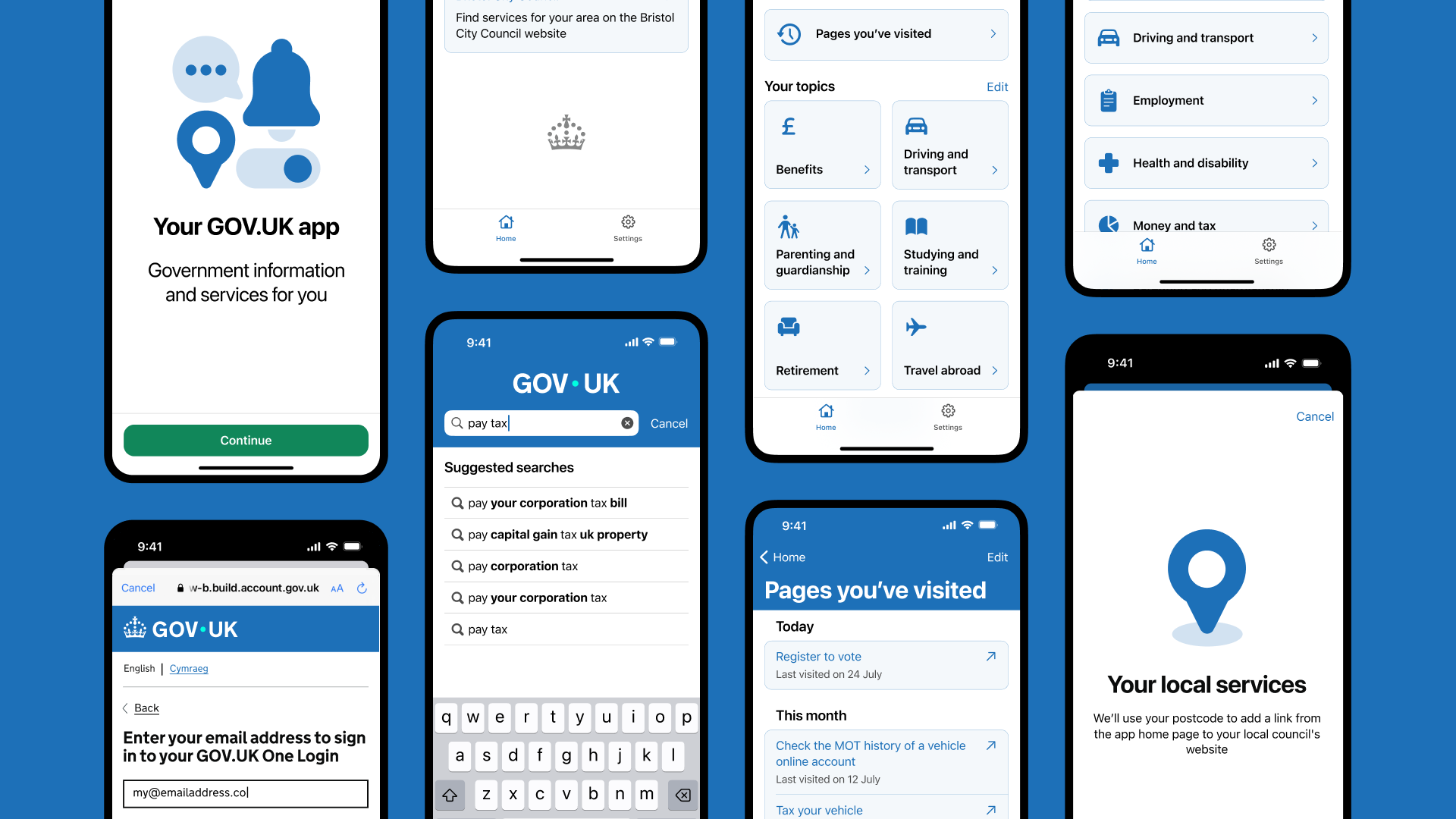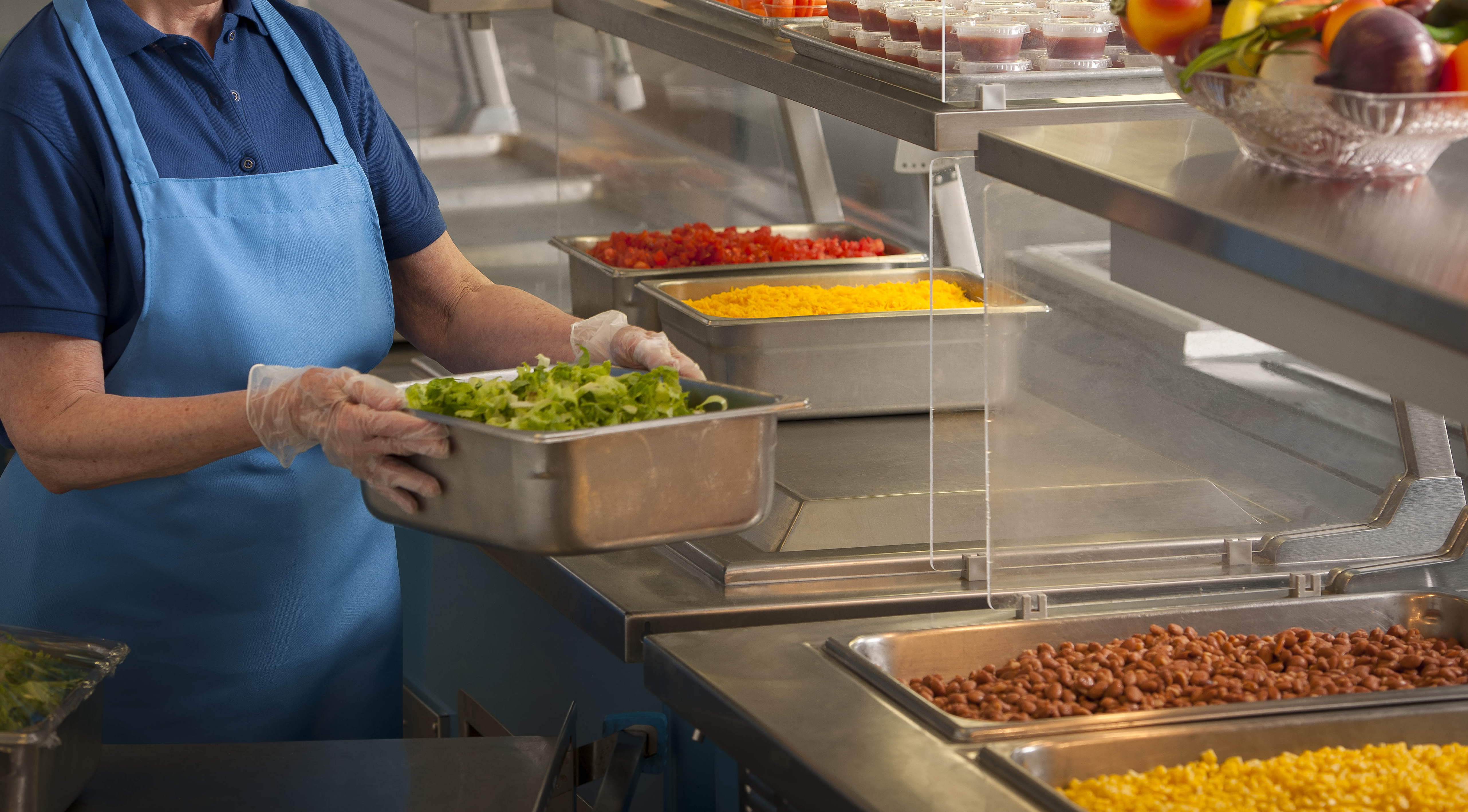Hampshire’s director of adults’ health and care Graham Allen talks to Gill Hitchcock about using IT to relieve loneliness among the county’s older population and where he finds inspirational digital ideas
A shocking truth about the UK is that 17% of its older population are in contact with family, friends and neighbours less than once a week, while 40% of older people say television is their main source of companionship. As the UK’s population ages, these figures, reported by the Campaign to End Loneliness, are likely to rise.
In Hampshire, an estimated 70,000 of local residents aged upwards of 65 are lonely, says the county council’s director of adults’ health and care, Graham Allen. To improve life for these people, Allen is looking beyond traditional solutions, to technology.
Earlier this year, Hampshire completed a year-long pilot which recruited 56 socially isolated over-65s and equipped them with tablet computers or videoconferencing to test whether these devices could help them connect with family, friends and the wider community.
“What we identified over the course of the pilot was an additional 150 hours of face-to-face contact that people benefited from as a result of using the devices, but also, they started to establish networks within the local community,” says Allen, a former social worker.
We are absolutely not in the game of deploying technology just to reduce cost. The outcomes have to be at least equal, if not better, than traditional forms of service provision.
“It’s not only about talking to someone on the other side of the world, but about using the technology to find out what’s happening locally, whether it be informal lunch clubs, or making connections with people, perhaps from school.”
The council says 33% of participants reported that the technologies increased their ability to identify local support services; 65% said they now had more contact with families and friends because of the devices, and 80% said they would recommend using the technologies to others.
Given that the Campaign to End Loneliness puts a lack of social connections on a par with smoking 15 cigarettes a day as a risk factor in early death, this looks like a very positive outcome.
“Because of the pilot, we have been able to leverage additional money into our library service to purchase 120 3G-enabled tablets which people experiencing disadvantage, including social isolation, can loan for up to four weeks at a time,” says Allen.
The tablets are pre-loaded with applications linking to themes such as health and wellbeing and information about local communities and services. Five part-time co-ordinators are running the project and training and supporting residents in using the tablets.
“One of the things that we have done over the last five or so years has been to completely reset and redesign our technology-enabled care solutions, moving away from relatively simple and straightforward alarms programmes, into much more outcomes-driven ways of supporting people,” he says.
More than 9,000 people across Hampshire are using technology-enabled care and about 5,000 are receiving only technology-enabled care instead of traditional home care visits.
Support network
Hampshire also has Connect to Support, an online portal offering information and advice about social care and community services. It includes a directory of more than 1,000 community organisations and receives 5,000 unique visits each month.
And in conjunction with local police, Hampshire runs Operation Magnet, centred on individuals with conditions including dementia and epilepsy, or learning disabilities, who could be a risk when they are out and about in the local community.
“What we have developed through a partnership with Hampshire Constabulary is a handheld device which enables a first responder, whether it be the police, fire and rescue, or ambulance, to know precisely where an individual is,” says Allen.
“One example, late last year, was when a person with epilepsy was walking a dog along a river, had a seizure and fell into the river. The device immediately alerted fire and rescue service and the individual was plucked from the river, just in time.”
Each year Hampshire’s adult social care service supports more than 20,000 people, and approximately 15,000 at any one time. Most of the people it supports, 64%, are older. Meanwhile the council has to achieve a massive saving of £43m this financial year, followed by another £56m by 2019/20.
Analysis by the Local Government Association (LGA) suggests that for every £1 of council tax collected by councils in 2019/20, 56p will be spent caring for older people, vulnerable adults, and children – up from 41p in 2010/11.
Claire Kober, chair of the LGA’s resources board, predicts a rise in demand for services caring for adults and children, leaving councils with no option but to squeeze budgets from other services, such as roads, street lighting and buses.
Hampshire provides six million hours of home care each year and, of course, and using technologies to reduce these is one way of saving money.
But Allen is clear: “We are absolutely not in the game of deploying technology just to reduce cost. The outcomes have to be at least equal, if not better, than traditional forms of service provision.”
He says that, rather than laying technology onto existing forms of social-care provision, the council has identified ways in which technology can replace and enhance traditional forms of care. Technology can provide constant monitoring, and home visits can be longer and more meaningful. And, as Allen says, the cost of providing one hour of care a day is considerably cheaper than three 30-minute visits.
It’s not only about talking to someone on the other side of the world, but about using the technology to find out what’s happening locally
Hampshire is always on the lookout for technologies to improve its adult care services. An annual in-house Dragon’s Den-style competition is one way it harnesses innovation. Last year’s winner was an algorithm to help care providers to use their time in the most efficient way. It has been implemented in Hampshire and should be available to other local authorities in the near future.
“We have adults with complex learning disabilities who live in shared homes and the challenge is that the care needs of each of those individuals will vary, and some of their care needs are very significant indeed,” says Allen.
“As a local authority which is purchasing care hours from a provider, we need to make sure we get the care hours right across five people sharing a home. The two advantages of this are that we are getting the support hours for individuals right, and we are not losing money by having too many carers in the same place at the same time.”
The idea which won this year’s competition is, similar to Google Glass, to transcribe speech onto the inside of glasses for people with hearing and sight loss.
Allen says he is “absolutely agnostic” about the type of technology that can be used to provide care.
“Technology for most of us is just part of the convenience of everyday living. How we make that a convenience of everyday wellbeing is the challenge that we need to pick up and take forward over the coming years.”



